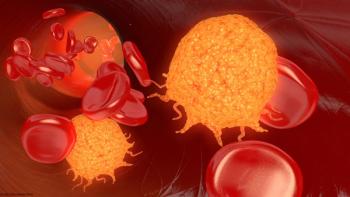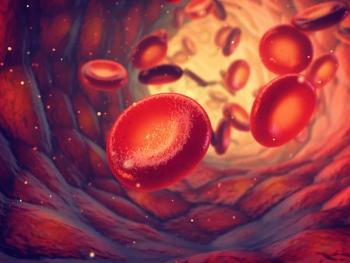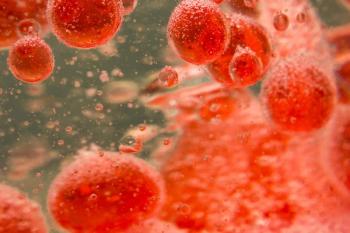
Oncology NEWS International
- Oncology NEWS International Vol 4 No 1
- Volume 4
- Issue 1
Dallas Medical Center Launches Umbilical Stem Cell Project
DALLAS--Two pediatricians at The University of Texas Southwestern Medical Center at Dallas have established the Umbilical Stem Cell Project to procure, test, and store human umbilical cord and placental blood for use as an alternative to bone marrow in allogeneic transplant patients who lack a related compatible marrow donor.
DALLAS--Two pediatricians at The University of Texas SouthwesternMedical Center at Dallas have established the Umbilical Stem CellProject to procure, test, and store human umbilical cord and placentalblood for use as an alternative to bone marrow in allogeneic transplantpatients who lack a related compatible marrow donor.
'Advantages Are Obvious'
The stem cell project is part of the pediatric bone marrow transplantprogram at Southwestern and Children's Medical Center of Dallas,and the blood will be stored at Southwestern's Transplant ServicesCenter.
Approximately 2 oz of placental blood contains more stem cellsthan a pint of bone marrow. "The advantages of placentalblood over bone marrow are obvious," said Eric Sandler, MD.His colleague in the project is Mahmoud Mustafa, MD, and bothare assistant professors of pediatrics at Southwestern.
Umbilical blood may provide a better match for transplant patientsthan bone marrow from unrelated donors, and will be availableimmediately, compared with the average 4 months required to identifyan unrelated donor match for a cancer patient, Dr. Sandler said.
"Having a large quantity of cord blood units available givesus a better chance of finding a compatible donor for a patientand could significantly increase the number of candidates fortransplants," he said. "This is a safe, potentiallyless expensive and perhaps lifesaving alternative to the use ofunrelated bone marrow donors."
The umbilical cord blood will be collected primarily from babiesdelivered at Parkland Memorial Hospital, the primary teachinghospital for UT Southwestern. Approximately 14,000 babies aredelivered each year at Parkland. With the mother's permission,the blood is harvested within minutes of birth, Dr. Sandler said.
The blood is then tested for infection, HLA typed, stored, andrecorded in the registry. Dr. Sandler said that the data fromthe research at UT Southwestern will be shared with the New YorkBlood Center, one of only a few facilities in the United Statescurrently collecting and storing cord blood for transplantation.
Articles in this issue
almost 31 years ago
MDs Fear Managed Care Equals Lower-Quality Carealmost 31 years ago
Navelbine Receives FDA Approval for Advanced Non-Small -Cell Lung Canceralmost 31 years ago
Ethyol Approved for Use in the UKalmost 31 years ago
Success of Breast Conserving Surgery Is Not Diminished in Community Settingalmost 31 years ago
Assessment Tools Are Essential to Improve Management of Painalmost 31 years ago
Undertreating Pain Costs Money in the Long Run, Physician Warnsalmost 31 years ago
After 5 Years as Head, Dr. Broder Plans to Resign His Post at NCIalmost 31 years ago
EORTC Endometrial Ca Trial Challenges Findings From GOGalmost 31 years ago
Heterosexual AIDS Cases Up Sharply, But Numbers Remain SmallNewsletter
Stay up to date on recent advances in the multidisciplinary approach to cancer.


















































































